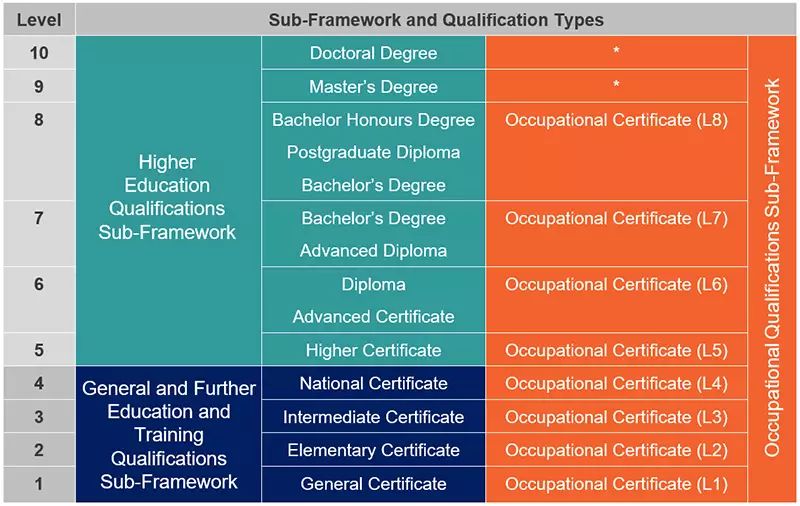Johannes Kotze, Project Director: Strategic Nuclear Projects at Eskom,
will be one of the guest speakers at this year’s Physical Asset
Management Conference presented by Pragma, which takes place from 13 to
15 August next month. Kotze will be speaking on Koeberg’s Long Term
Asset Management project.
Eskom generates approximately 95% of the electricity used in South
Africa and approximately 45% of the electricity used in Africa. The
company generates, transmits and distributes electricity to industrial,
mining, commercial, agricultural and residential customers and
redistributors. The Koeberg Power station (surrounded by 3000ha private
game reserve owned by Eskom) is situated in Cape Town and is the only
nuclear power station in Africa. It boasts the largest turbine
generators in the Southern Hemisphere and is the most southerly-situated
nuclear power station in the world. Low and intermediate waste from
Koeberg is transported by road in steel and corporate containers to a
remote disposal site in the Kalahari Desert. The nuclear power station
ranks amongst the safest of the world’s top ranking PWR’s of its vintage
and is the most reliable Eskom power station.
Says Johannes Kotze: “The licence to operate Koeberg has no specified
term and operation is subject to periodic reviews and risk-based
assessments. It is accepted, however, that the Koeberg design in
conjunction with the initiative contained in the station Life of Plant
Plans, currently supports an operational life of 40 to 50 years. By
2014, unit 1 will have been in operation for 30 years, with unit 2
reaching the equivalent operational age by 2015. This is typically the
point at which nuclear power plant operators purposely evaluate their
long-term asset management strategies and, where applicable, either
initiate processes for the approval and implementation of justifiable
Plant life extension initiatives or prepare for decommissioning.”
Worldwide, there is an increasing trend amongst nuclear power plant
utilities to opt for life extension, rather than decommissioning. There
are life extension initiatives currently in progress in the South
Korean, Swedish, Soviet, Swiss, US and French utilities.
“In line with these international approaches, Koeberg has commissioned a
Long Term Asset Management project with the purpose of facilitating the
decision on optimum plant life of Koeberg units 1 and 2, while taking
into account the merits and demerits of current and future project
strategies for major component and system refurbishments,” says Kotze.
After an internationally accepted approach, Eskom conducted a
feasibility assessment, which highlighted the technical challenges that
impact the operational lifespan of Koeberg. “The general conclusion is
that, when benchmarked against comparable utilities, no prohibitive
technical challenges have been identified which would preclude a plant
life extension of up to 60 years.”
Kotze adds that the most significant financial hurdle identified is the
replacement of the steam generators at the power station. He continues:
“In line with international trends, Koeberg is considering using the
margins provided through Steam generator replacement to optimise the
generating capacity of the units by increasing their thermal power.”
Eskom performed an economic assessment on the generators, which analysed
the impact of life extension on capital requirements, future financial
considerations and levelised electricity generation costs. “Based on the
analyses, it is apparent that the economic modeling favours plant life
extension to 60 years, together with the earlier implementation of the
replacement project and concurrent power update,” Kotze concludes.
Kotze has many achievements under his belt, most of which are filed
under the Engineering industry. In 1987 he received his B.Ing
(Electrical) at the University of Stellenbosch where he then went on to
work as the Project Engineer for Buvlog at the Simonstown Naval Base.
Kotze became an engineer in training for Eskom in 1991 and finally began
working on the Koeberg Nuclear Power Station from August 1991 to now.
He has had a string of positions whilst working in this sector ranging
from Maintenance Engineer, Project Manager, Independent Safety and
Evaluation Manager, Engineering Programmes Manager to his current
position, Project Director for Strategic Nuclear Projects.
